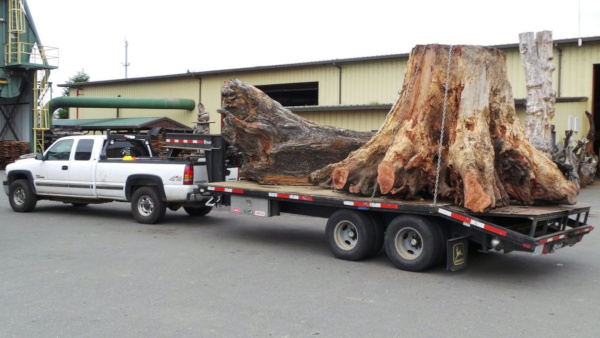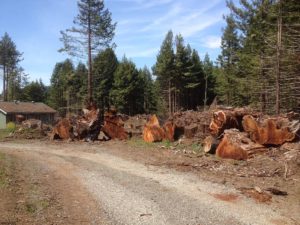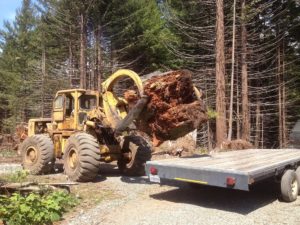
When purchasing burl wood, you at some point wonder, “How does a burl grow?” It seems like such a simple question, but that is just not the case. Burlwood grows for complicated and often debated reasons. We drew from our customer’s most frequently asked questions to put together this post answering three questions: how does a burl grow, are all burls the same, and what about burl poaching?
Well, does a burl grow?
Before we answer “How does a burl grow?”, we have to understand that there are different kinds of burls. There are live burls, crown burls, and stump burls. Live burls, or tree burls, are burls that bulge from the side of the tree and are usually small. Crown burls are burls that form at the base of the tree, and these often continue into the roots to form a stump burl. While crown burls are not common anymore, stump burls are very common. In this form, the stump or root system has burl throughout. These are often the largest type of burl and produce the most burl wood. There can be different grain patterns in any of these burls; it just depends on the different stresses that the tree endured. So, are all burls the same? No, but they can all be beautiful and have desirable qualities. If you want to learn more about the types of burl wood, check out our post on types of burl wood.
How does a burl grow?
 Then, we get to answer the main question, “How does a burl grow?” Burl is a growth on the side of a tree that forms from saplings. It acts as a secondary reproduction method, so if the tree dies or falls, the saplings in the burl can take hold. Often, trees have no burls as they do not trigger the secondary reproductive method. It must have encountered some difficulty or stress to trigger the growth of the burl. This could be a flood, fire, growing on a steep slope, or some kind of disease or fungus. The saplings form layers of burl wood on the burl as these stresses happen. We have a full blog post on burl wood, so if you want more detail on burl wood in general, head on over there.
Then, we get to answer the main question, “How does a burl grow?” Burl is a growth on the side of a tree that forms from saplings. It acts as a secondary reproduction method, so if the tree dies or falls, the saplings in the burl can take hold. Often, trees have no burls as they do not trigger the secondary reproductive method. It must have encountered some difficulty or stress to trigger the growth of the burl. This could be a flood, fire, growing on a steep slope, or some kind of disease or fungus. The saplings form layers of burl wood on the burl as these stresses happen. We have a full blog post on burl wood, so if you want more detail on burl wood in general, head on over there.
What is Burl Poaching?
Finally, the sad part; what about burl poaching? Poaching is a big problem for our redwood forests, and the forestry department sees a lot of poached redwood. Working with a green company like Redwood Burl Inc. ensures that the wood is from ethical sources, meaning no harm comes to our protected natural habitats. We only work with salvaged and reclaimed redwood burl wood. This means we get our wood from private land and do not cut it down or take it up out of the ground.
Tags: burl grow, burl growth, burl poaching, burl wood, does a burl grow, how does a burl grow